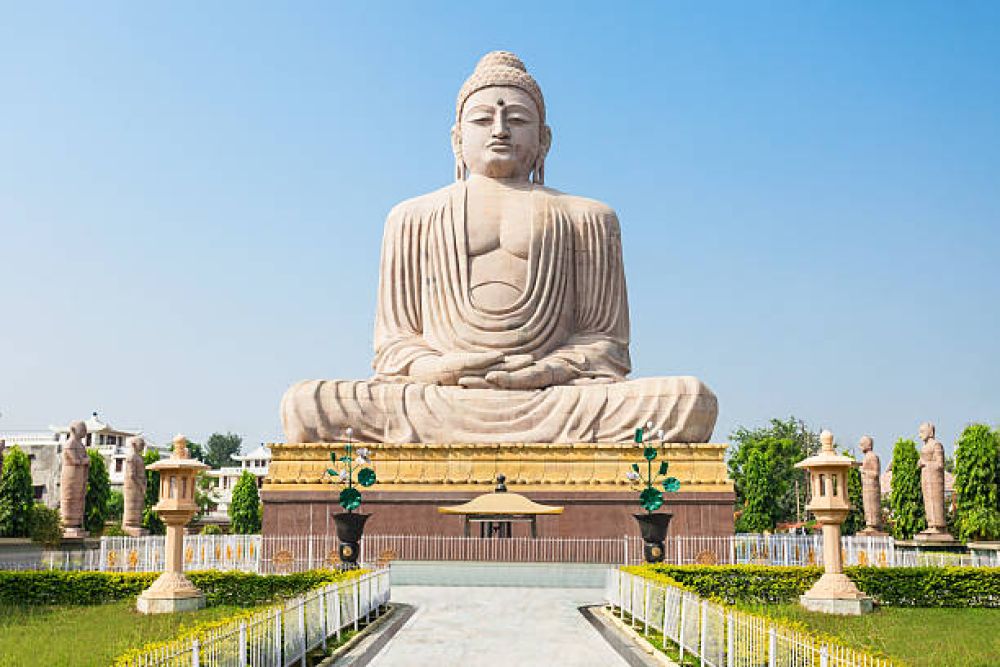

The ideal time to visit Bodh Gaya is from November to February when the weather is pleasant and cool. During these months, the temperatures range from a comfortable 10°C to 28°C, which is quite conducive for sightseeing and indulging in meditation or spiritual activities. Bodh Gaya is revered as the place where Lord Buddha attained enlightenment, and it witnesses a surge of pilgrims and tourists alike during this peak season. It is important to note that many Buddhist festivities and rituals, such as the Tibetan Losar (New Year) occur in this period, providing visitors with an enriching cultural experience. The Mahabodhi Temple, a UNESCO World Heritage Site, remains a highlight, along with the various monasteries established by Buddhist nations around the world. Accommodation and services are readily available, although it's advisable to book in advance considering the influx of visitors.
In the summer months, from March to June, Bodh Gaya experiences scorching heat with temperatures soaring up to 40°C, which can be uncomfortable for outdoor excursions. Monsoon season, spanning from June to September, brings heavy rainfall, which can sometimes lead to flooding and water clogged streets, hence it is generally not recommended for travel. However, the post-monsoon period often brings lush greenery and a rejuvenated landscape, making it an attractive time for those who do not mind the occasional showers and prefer a quieter visit. Regardless of the time of year, travelers to Bodh Gaya are encouraged to carry appropriate clothing and check the local weather forecast to ensure a comfortable journey.
| Month | Min Temp | Max Temp |
|---|---|---|
| January | 10 °c | 26 °c |
| February | 12 °c | 30 °c |
| March | 17 °c | 35 °c |
| April | 22 °c | 40 °c |
| May | 25 °c | 42 °c |
| June | 26 °c | 40 °c |
| July | 26 °c | 34 °c |
| August | 25 °c | 33 °c |
| September | 25 °c | 33 °c |
| October | 22 °c | 32 °c |
| November | 17 °c | 30 °c |
| December | 12 °c | 26 °c |